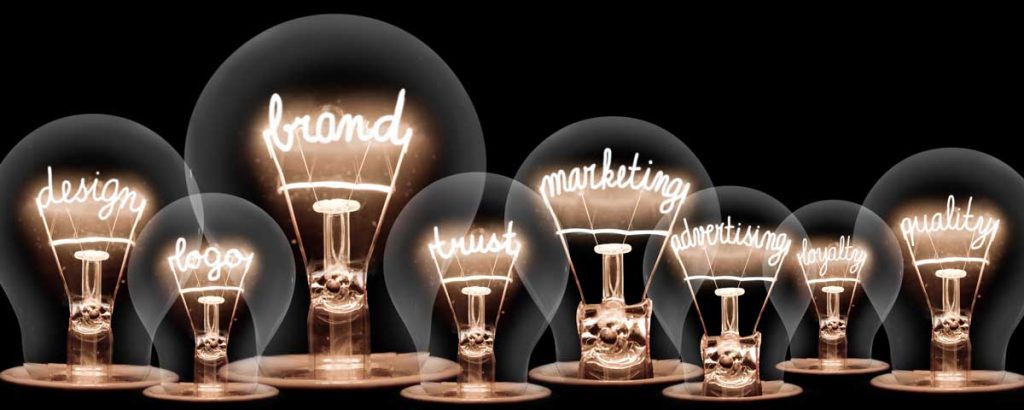
Many businesses still struggle to develop a unique brand identity, mostly because this means paying attention to many different aspects. Brand identity is much more than corporate colors and a nice logo. It is the sum of your business’ values, how you portray your products or services and, ultimately, what your target audience experiences when involved with your brand.
Why create a brand identity?
Brand identity is a manifestation of your business and what it can do for people. It can help you to become more likeable among your audience and to stand out as a reliable leader in your industry. It is, therefore, not just a way to differentiate your business but also a way to get closer to your target audience.
Building trust is one of the most important elements of any brand – trust in the product, the service and the relationship consumers have with the brand throughout their connection to it.

Brand identity is deeply related to purpose, too. A solid brand identity is key to building solid marketing strategies and to engage not just your audience, but also your employees.
Tips to create a unique brand personality
1. Do some research
Even if you already have a good idea of your brand personality, you should research:
- Target audience: Who are your potential buyers and what do they want?
- Competitors: Who are your competitors and what can you learn from them?
- Mission: What’s your mission? Your purpose?
- Brand voice: How does your business interact with its audience?
- Values: What really matters? What’s your culture? What do you care about most?
- Company personality: What makes your business different? What are its most recognizable features?
2. Create your logo and image
This is what most people think “brand identity” means, but it’s necessary to unify your image across platforms, channels and media. You need a brand kit consisting of:
- Logo: It should be attractive, but also meaningful.
- Packaging: The way you present your products should be consistent with the rest of your image.
- Color palettes: Aside from the fact that colors mean different things to us, the association between color and business is one of the strongest ones.
- Typography: The font that you use is not a random choice. It also means something. Take your time to make the right decision.
- Templates: Creating templates for your newsletters and other assets will help you maintain consistency.
- Brand style guide: Make sure that everything your do is aligned by creating a document that includes all the guidelines for using your design assets.
3. Avoid copying your competitors
The goal is to make your business stand out so copying your competitors represents exactly the opposite. Try to find and use whatever defines you best rather than letting your competitors dictate it.
4. Be consistent
Always make sure to use your assets the same way and to be coherent across media. Your brand should appear and feel the same wherever costomers encounter it.
Why is important to have a brand identity?
Brand identity is a vital part of your branding strategy since it’s the manifestation of your brand’s vision, mission and values. It makes your audience and potential clients recognize and differentiate your brand from others.
How can I create my brand identity?
The first step is to do research on your brand’s audience, mission, values and personality. Next, you should create an image and logo that represent your brand. It’s important to be consistent and avoid copying your competitors.










